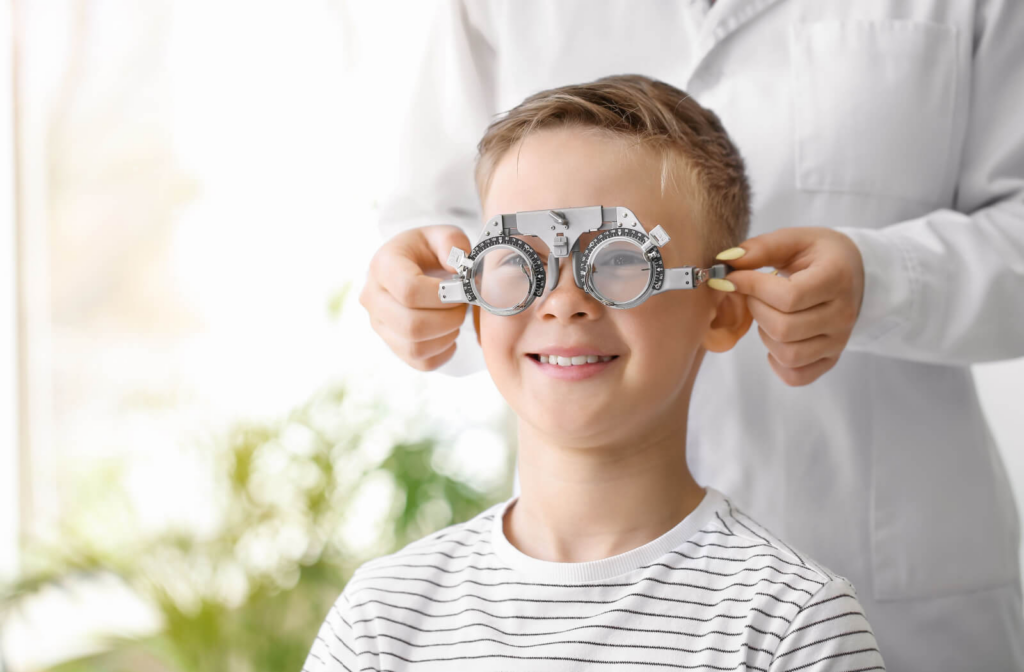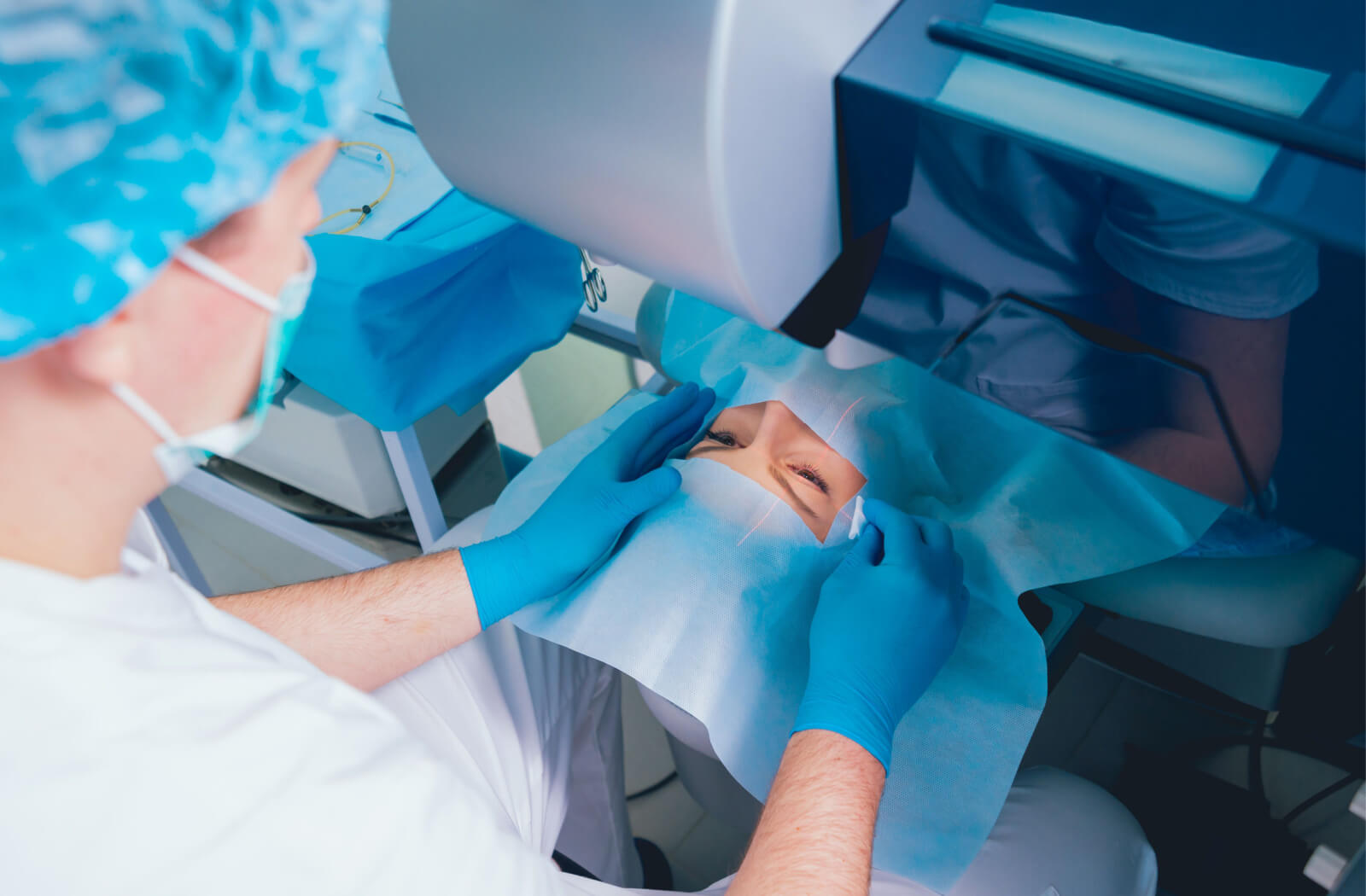Astigmatism is a common vision condition that affects most people on some level. If you have a higher degree of astigmatism, you may face issues like blurriness, headaches, or distorted vision.
Sometimes astigmatism at a low level does not require treatment, but you may need glasses or surgical treatment to correct higher levels.
With regular eye exams, your optometrist can detect and monitor astigmatism and discuss the services available to help you achieve clear vision.
What Is Astigmatism?
Astigmatism is a condition where the cornea has an abnormal shape and may poorly refract light. A correctly-shaped cornea is round and refracts light to reach the retina effectively. Some cases of astigmatism make it difficult for the light to reach your retina and cause vision issues.
Symptoms of Astigmatism
Astigmatism can cause a range of symptoms in those with the condition. Here are a few of the common symptoms you may experience:
- Blurry vision
- The need to squint to see clearly
- Headaches
- Eye strain
- Difficulty seeing at night
What Causes Astigmatism?
The direct cause of astigmatism is unknown as many people are born with the condition, leading experts to believe that it is inherited from your parents. However, doctors are unsure of the cause. Some people develop astigmatism in their youth or later in life.
Driving with Astigmatism
The ability to see clearly is a requirement for safe driving, and astigmatism can get in the way of this, making driving difficult, particularly at night. With astigmatism, your eye may distort light and cause a halo-like effect around lights when driving.
Diagnosing Astigmatism
Astigmatism is a refractive error and can be diagnosed through an eye exam. A typical eye exam will allow your optometrist to evaluate your ocular health and check for refractive issues. Here are a few of the standard tests your optometrist may include:
Visual Acuity Test
A visual acuity test typically implies having you read from a graph far away while looking through both eyes and then at each eye individually. Your doctor will generally use this test to determine your clarity of vision.
Refraction Test
A refraction test is used to help your doctor determine the prescription needed for your glasses. It generally entails looking through a machine that will measure the quantity of light reflected by your retina.
Keratometry
A keratometer is a machine that measures the anterior curvature of your cornea. It can be used to assess refractive errors and in contact lens fittings.
Slit Lamp Test
A slit lamp test typically involves your doctor using a low-powered microscope to look closely at your eyes and take digital images. Along with helping your doctor look for signs of astigmatism, they can check for other conditions like macular degeneration and cataracts.
Following an exam, your doctor can provide you with a prescription for your eyes and more insight into your ocular health.

Treatment Options for Astigmatism
Astigmatism is a common condition, and many potential treatments are currently available. Consult your doctor to learn more about the options available and which might be suitable for your eyes. Below are a few common treatments.
Glasses or Contact Lenses
Glasses and contact lenses are the most common corrective option for people with astigmatism. Glasses and contacts have custom-fitted lenses unique to you that can help compensate for the uneven shape of your eyes. The lenses can help you reflect light properly and gain clear vision.
Refractive Surgery
Sometimes, an eye doctor may recommend refractive surgery to treat astigmatism. Refractive surgeries like LASIK, LASEK, or PRK may be done to alter the shape of your eye to reflect light correctly.
Astigmatism Combined with Other Refractive Errors
It is not unusual for astigmatism to come with other refractive issues that can impact your vision.
Myopia
Myopia, or nearsightedness, is one type of refractive error that can be combined with astigmatism. It’s a condition where objects up close appear clear, but distance vision is blurry. Nearsightedness typically develops in children, but it’s important to check your eyes regularly as it can also develop later in life.
Hyperopia
In contrast, hyperopia, or farsightedness, is another refractive issue where distant objects appear clear, but objects up close can be blurry. Hyperopia can also be combined with astigmatism, requiring specific lenses to gain clear vision.
Book an Eye Exam Today
Our team of experienced doctors at Spectrum Eye Care has years of experience dealing with refractive issues and helping our patients to manage their conditions.
If you are experiencing any vision-related matters, please book an appointment and speak with our friendly team today. We can help you find the right corrective measure for your eyes.

